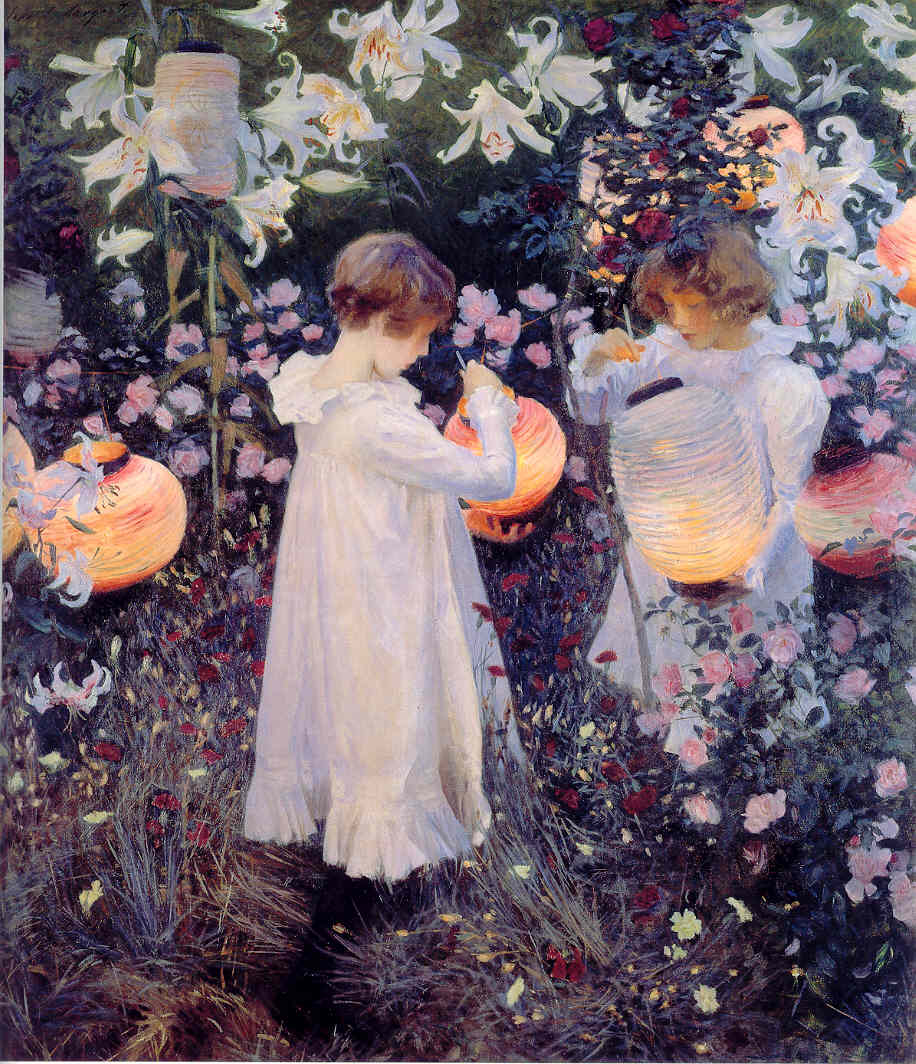These are a few that come to mind right away, without any research or review. There are many blogs out there that I read every day, and all of them are inspiring in so many ways. The following posts are but a small sampling of the many wonderful posts I have read this year.


La Dolce Vita did a great post on the Sex and the City girls and the decor of each character's apartment. She combined two of my favorite things: Sex and the City, and interior design! I loved this post SO much.
The Peak of Chic did a great post on something that I have seen in homes, but never knew the name of: the jib door. Read the post to learn more about this intriguing architectural element.

Maison21 did an informative post about the proper lighting for a successful party. I truly learned a lot reading his post, and when thinking about all of the holiday parties I attended this month, realized the truisms that he shared.

I thoroughly enjoyed the post that Jackie Blue Home made about 'snaking': the process of copying a design in its entirety. Jackie posted pictures from a Domino feature on the home of Barrie Benson, then posted pictures of the original design by Tom Scheerer. The comments on this post were so entertaining!

◊

 The second post that comes to mind is the slipcover post. I truly saw slipcovers in a whole new light after reading this post!
The second post that comes to mind is the slipcover post. I truly saw slipcovers in a whole new light after reading this post!
Finally, I loved the post on the hallmarks of true French style. This post had such a big influence on how I see French stule, and I am thankful to Cote de Texas for sharing her vision.
Mrs. Blandings did a wonderful post about the first impression of a home: the entry. In the post, she had some beautiful and unique pictures of the entries that have inspired her through the years. It was the right post at the right time for me, and was possibly nudge that got me to refocus on my own unfinished entryway.

Another post that had a great influence on me this year was from The Inspired Room. It was a post on 'Authentic Living', and in the post Melissa says, "One of the things I crave most of all in my home is a cozy atmosphere for my family. A respite from the outside world where we can be together. I like comfy places to sit down with a book, places to light a fire or a flickering candle, inviting places to dine together and play games. Yet even if I find the time to create those surroundings, the reality is I need to set aside time to actually use them. That is the heart of authentic living for me. I need to create the spaces I want to use, and then I need to carve out the time to live in the moment. Otherwise the moment will pass on by in the blur of my to do list". Great words to live by.
 From The Inspired Room
From The Inspired Room◊
Finally, my favorite post from my own blog this year. I would have to say the art and design post, because art and design are two of my favorite topics and I love it when the two are combined beautifully. The pictures in this post are so inspiring to me, and I remember being particularly proud of that post.
Thank you to all of the readers out there who take the time to read my blog! I hope everyone has a happy and safe New Year's Eve, and best wishes for health and happiness in the New Year.























































































































